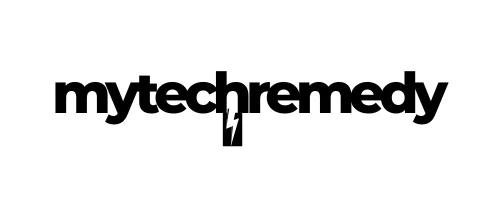Understanding the Dynamics of Dropshipping vs. Amazon FBA
Imagine you’re an aspiring e-commerce entrepreneur standing at a crossroads. On one path, you have dropshipping—a model heralded for its low barriers to entry. On the other, Amazon FBA (Fulfillment by Amazon) beckons with its promise of leveraging Amazon’s vast logistics network. Each route has its unique characteristics, and deciding which path to take often feels like choosing between apples and oranges. But what if we dissect the essence of these models, their transformative potential, and how they might fit into your e-commerce playbook? A more detailed analysis can be found in this dropshipping vs amazon fba comparison.
Dropshipping: The Low-Risk Intern
Dropshipping is akin to having an intern who doesn’t require a hefty paycheck. You don’t hold inventory, which means less financial risk and flexibility to pivot without being bogged down by unsold stock. It’s a model that thrives on agility. The dropshipper acts as a middleman, connecting suppliers and customers, all while focusing on marketing and customer experience. The challenge? Ensuring quality control and customer satisfaction when you’re not directly handling products. It’s like managing a remote intern—you provide direction, but you’re reliant on their initiative and the tools they have at hand.
Amazon FBA: The Reliable Workforce
Amazon FBA, on the other hand, is like hiring a seasoned workforce with established processes. You ship your products to Amazon, and they handle storage, packaging, and shipping. It’s a system with built-in trust, thanks to Amazon’s brand reputation. However, this comes with a price—literally. Fulfillment fees and storage costs can add up, and you’ll need to invest in inventory upfront. Yet, the benefits include access to Amazon Prime customers, the ability to scale without the logistical headaches, and the chance to explore key considerations like do you need an LLC to sell on Amazon before diving in.. Think of it as having a dedicated team that ensures your operations run smoothly while you focus on growth and strategy.
The Transformative Potential
Both models have their transformative aspects. Dropshipping democratizes e-commerce, allowing anyone with a laptop and internet connection to start selling. It’s a stepping stone, a launchpad for those testing the waters of entrepreneurship. Amazon FBA, meanwhile, offers scalability and trusted service, making it an attractive option for those ready to invest and harness the power of Amazon’s ecosystem—especially when comparing FBA vs FBM for operational efficiency.
Actionable Recommendations
So, how do you decide which model fits your vision? Start by assessing your resources. If you’re just starting and want to minimize risk, dropshipping offers a way to test your business ideas without significant capital. Focus on building a strong brand and customer service to differentiate yourself in a crowded space. For those with capital and the desire to scale quickly, Amazon FBA might be the way to go. Ensure your product quality is top-notch, and leverage Amazon’s tools for marketing and analytics to optimize your operations.
Ultimately, whether you choose dropshipping or Amazon FBA, the key is to understand the dynamics of each model, align them with your business goals, and remain agile in an ever-changing digital landscape. Think of AI as your trusty intern, providing insights and efficiency, while you, the entrepreneur, guide it towards a future filled with potential.
Checkout ProductScope AI’s Studio (and get 200 free studio credits)
